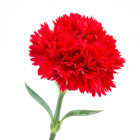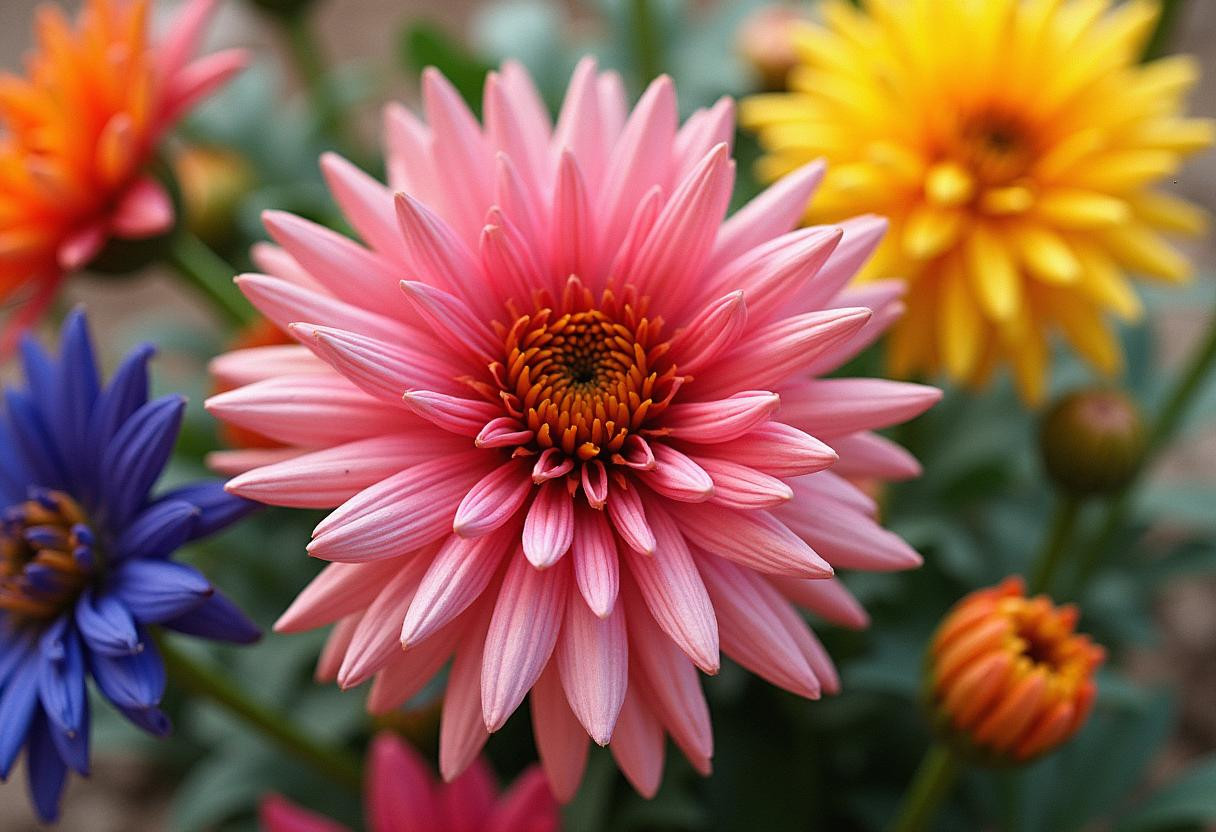
National Flowers of Latin America
The Significance of National Flowers
National flowers of Latin America are not just beautiful plants. They embody the unique natural and cultural wealth of the region. Each flower symbolizes the distinctive features of the country where it was chosen and tells its story through shape, color, and traditions. From the majestic orchids, such as Cattleya labiata in Brazil, to the vibrant tubular blooms of Cantua buxifolia in Bolivia, each flower is deeply connected to folklore, art, and national pride.
Connection to History and Traditions
National flowers play a key role in the history and mythology of their respective countries. Legends about them are passed down from generation to generation, preserving a connection with ancestors. For example, Cantua buxifolia, known as the "Flower of the Incas," symbolizes the ancient culture of the Andes, while Erythrina crista-galli, the national flower of Argentina, is linked to the legend of a brave girl named Anahí. These flowers adorn coats of arms, take part in national celebrations, and often reflect the colors of their countries' flags.
In this article, we delve into the national flowers of Latin America, exploring their cultural significance and the roles they play in the lives of the region's people.
Argentina
Erythrina crista-galli (Ceibo)
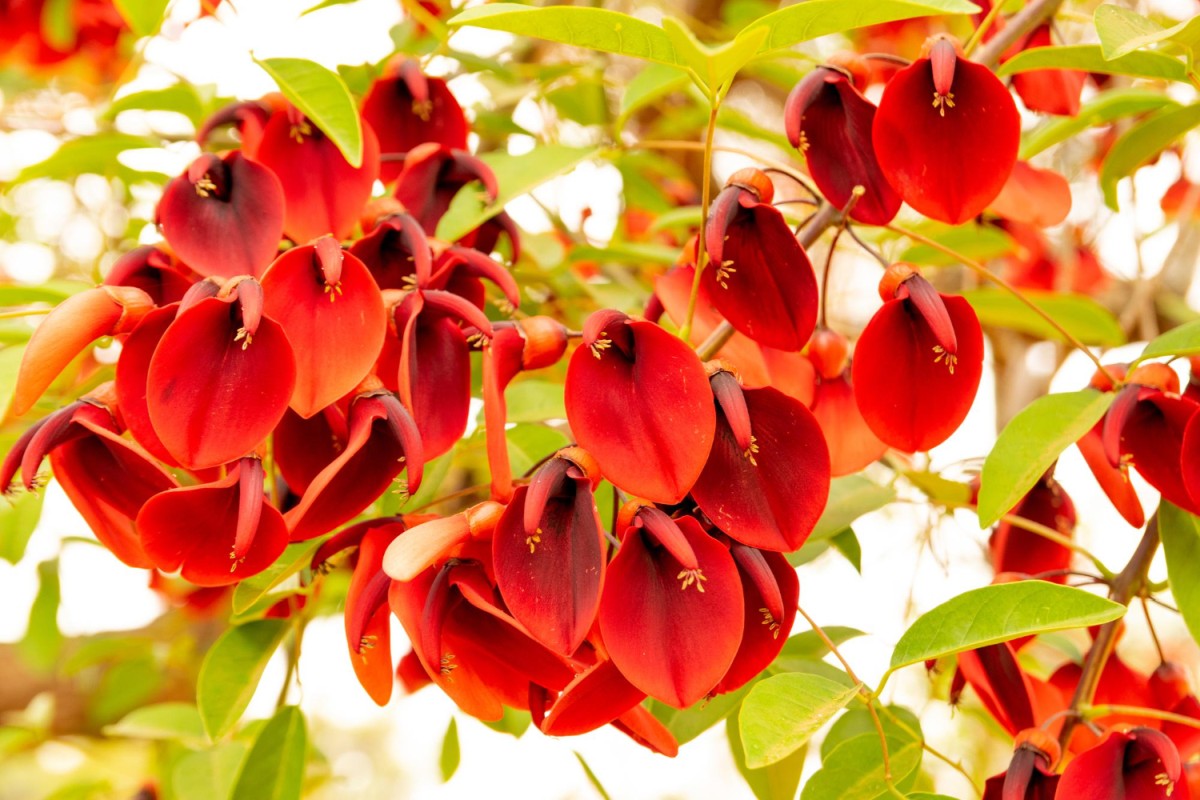
Erythrina crista-galli, or ceibo, is a tree that grows up to 8–10 meters tall, thriving along rivers and other moist areas. Its bright red flowers are grouped into racemes, making the plant easily recognizable. Blooming from October to April, it adorns the Argentine landscape with rich red hues. The tree also produces dry pods containing chestnut-brown seeds.
Erythrina crista-galli was declared the national flower of Argentina on December 2, 1942. It symbolizes the country’s natural wealth and reflects the resilience and spirit of its people. According to legend, the ceibo is associated with the bravery of a young woman named Anahí, who was transformed into a tree while defending her people. Every November, Argentina celebrates Ceibo Day, highlighting its importance in the national culture.
Bolivia
Cantua buxifolia (Flower of the Incas)
Cantua buxifolia is an evergreen shrub that grows up to 5 meters tall. It thrives at altitudes of 2,500–4,000 meters in the highland valleys of the Andes. Its tubular flowers are grouped in clusters and display bright hues of red, purple, yellow, or pink. The plant attracts hummingbirds, which are its primary pollinators.
Cantua buxifolia, known as the "Flower of the Incas," is one of Bolivia’s two national flowers and an important symbol of the Andean region. It was revered by the Incas as a sacred flower dedicated to the Sun God. Its vibrant colors represent peace, unity, and the cultural heritage of Bolivia’s people. Cantua is used in rituals, and its image often appears in decorative elements and national celebrations.
Heliconia rostrata (Patujú)
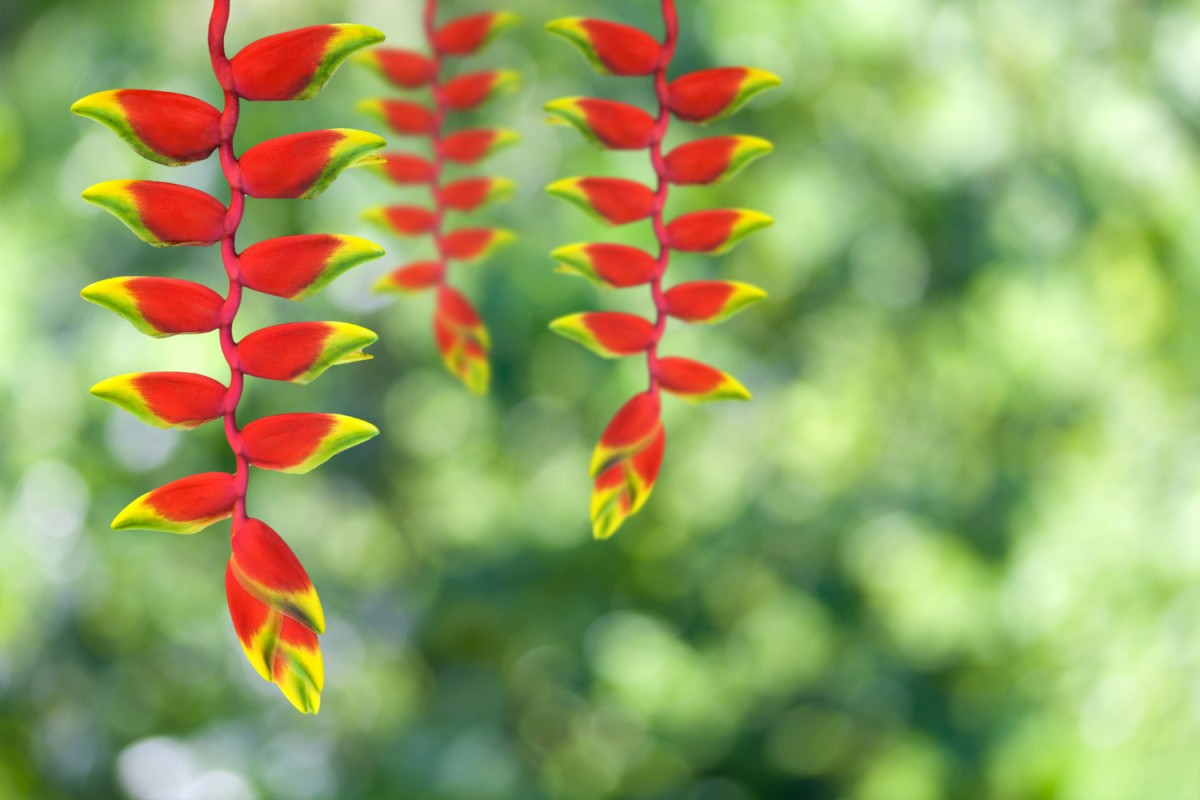
Heliconia rostrata, known in Bolivia as Patujú, is a perennial herbaceous plant native to the tropical forests of the Amazon. Its large leaves resemble those of a banana plant, and its drooping inflorescences consist of red bracts with yellow and green edges. The plant can grow up to 2 meters tall and blooms most of the year, attracting hummingbirds and other pollinators.
In Bolivia, Heliconia rostrata is one of two national flowers, along with Cantua buxifolia. Its red, yellow, and green colors symbolize the Bolivian flag. This flower represents the natural wealth of the Amazon rainforest and plays a vital role in cultural and national traditions.
Brazil
Handroanthus chrysotrichus (Golden Trumpet Tree)
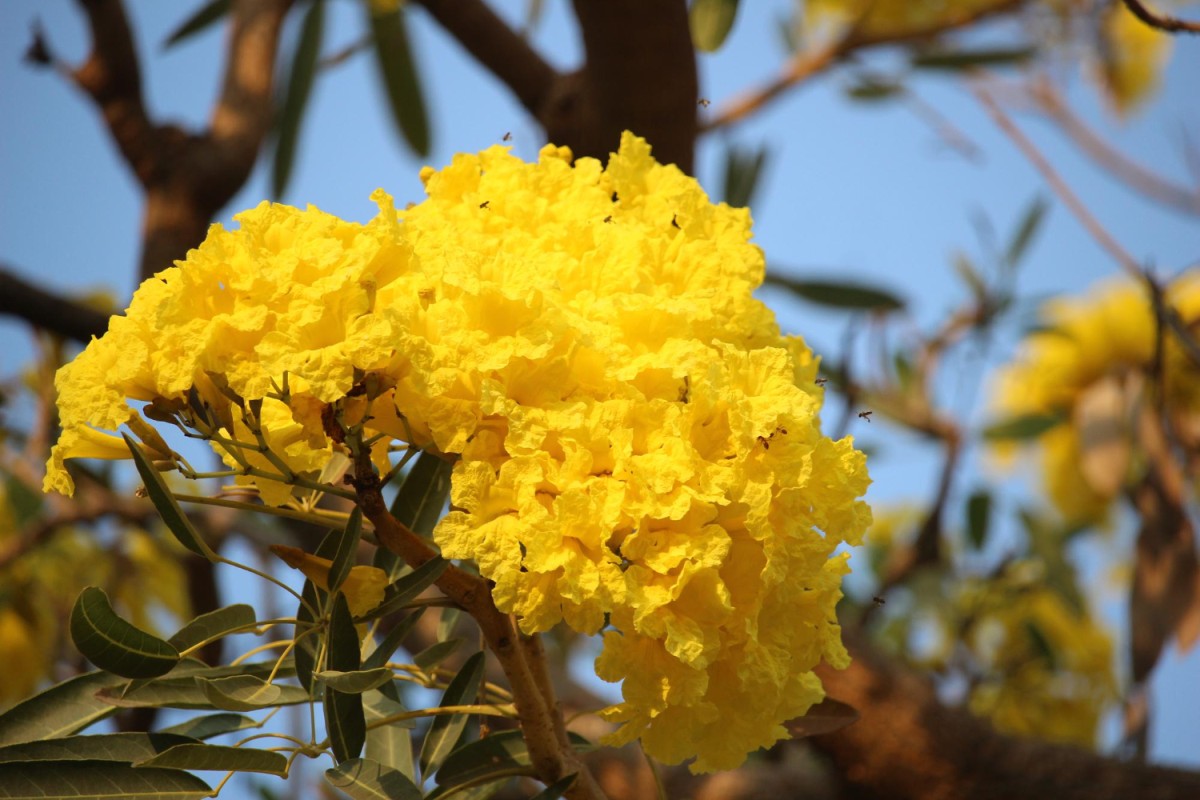
Handroanthus chrysotrichus, or the golden trumpet tree, is a deciduous tree that grows between 5 and 8 meters tall. Known for its bright yellow tubular flowers, the blooms are clustered into large inflorescences and appear during the dry season, when the tree sheds its leaves, creating a striking contrast. This plant is widespread in Brazil and prefers regions with a seasonally dry climate.
Handroanthus chrysotrichus is an important symbol of Brazil’s natural beauty. Its flowering season is associated with the arrival of spring and the renewal of nature. Although the tree does not have official status as a national symbol, it is often regarded as an emblem of the country due to its ornamental value and vibrant colors. The golden trumpet tree is widely used in urban landscaping, beautifying Brazil’s streets and parks with its unique charm.
Cattleya labiata (The Queen of Orchids)
Cattleya labiata, known as the "Queen of Orchids," is an epiphytic plant native to northeastern Brazil, particularly in the states of Pernambuco and Alagoas. Its large flowers, which can reach 15–17 cm in diameter, come in a range of colors, from pale lavender to deep purple, with occasional white and blue forms. Blooming typically occurs from September to November, filling the forests with vivid colors and a rich fragrance.
Cattleya labiata was discovered in 1818 and became the first described orchid of the Cattleya genus, sparking the cultivation of these plants in Europe. In Brazil, it symbolizes the country’s natural beauty and wealth, serving as a source of pride among collectors and botanists. Its exquisite flowers are often used for decoration and are considered the epitome of elegance among orchids.
Venezuela
Cattleya mossiae (May Flower Orchid)
Cattleya mossiae, also known as the May Flower Orchid (Flor de Mayo), is a species of orchid with delicate flowers in shades ranging from white to pale pink. These orchids have a pleasant, subtle fragrance and typically bloom in May, giving them their common name. The plant thrives in warm and humid climates, growing at altitudes up to 1,200 meters.
Cattleya mossiae was officially declared the national flower of Venezuela on May 23, 1951. This plant symbolizes the country's natural wealth and serves as a representation of its national identity. The orchid is often depicted on national emblems and used for decorative purposes. Its exquisite aroma and elegance have made Cattleya mossiae an important element of Venezuelan culture and art.
Haiti
Hibiscus (Hibiscus rosa-sinensis)
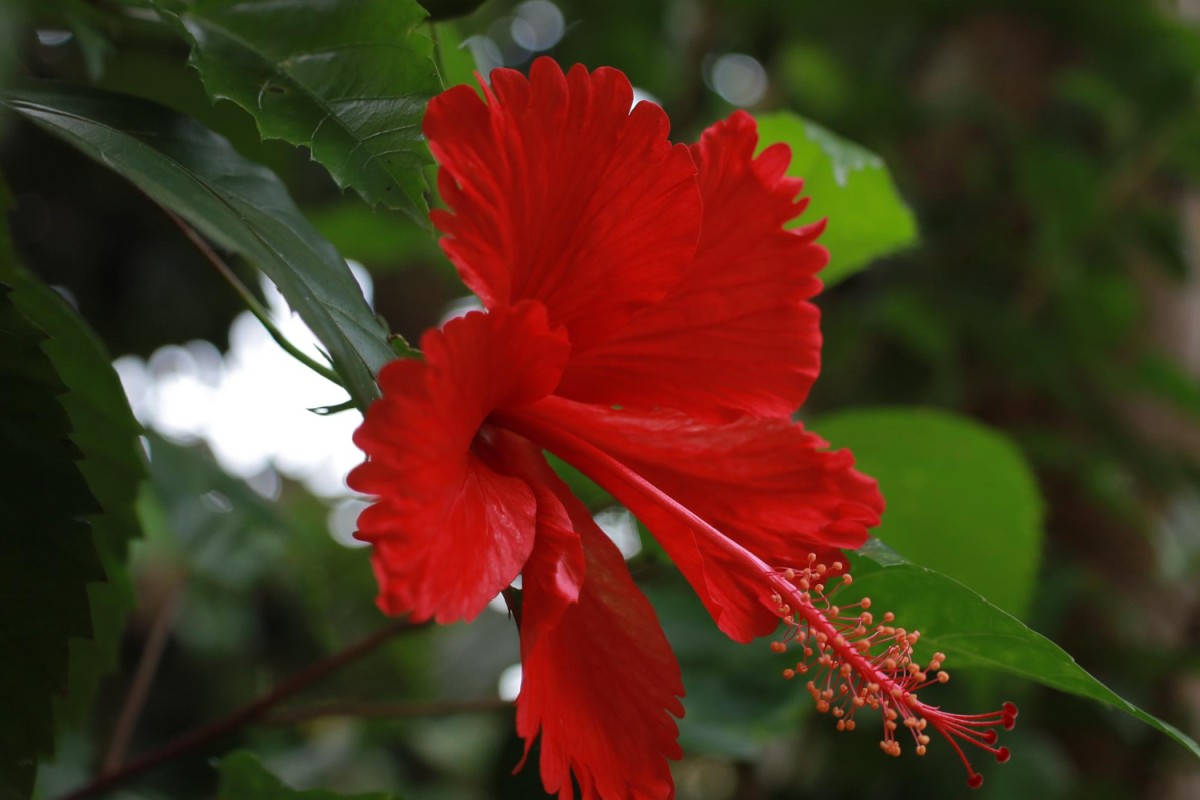
Hibiscus, known as the "Cayenne Rose" (Hibiscus rosa-sinensis), is a vibrant flower that comes in a wide range of shades, from deep red to soft pink and orange. This shrub is widely grown in Haiti's tropical climate, thriving in warmth and high humidity.
Hibiscus symbolizes natural harmony and beauty, reflecting the brightness and vitality of Haitian culture. Its flowers are often used for home decoration and traditional ceremonies. While not officially designated as a national symbol, hibiscus is deeply rooted in Haiti's culture as a sign of love for nature and life.
Guatemala
White Nun Orchid (Monja Blanca)
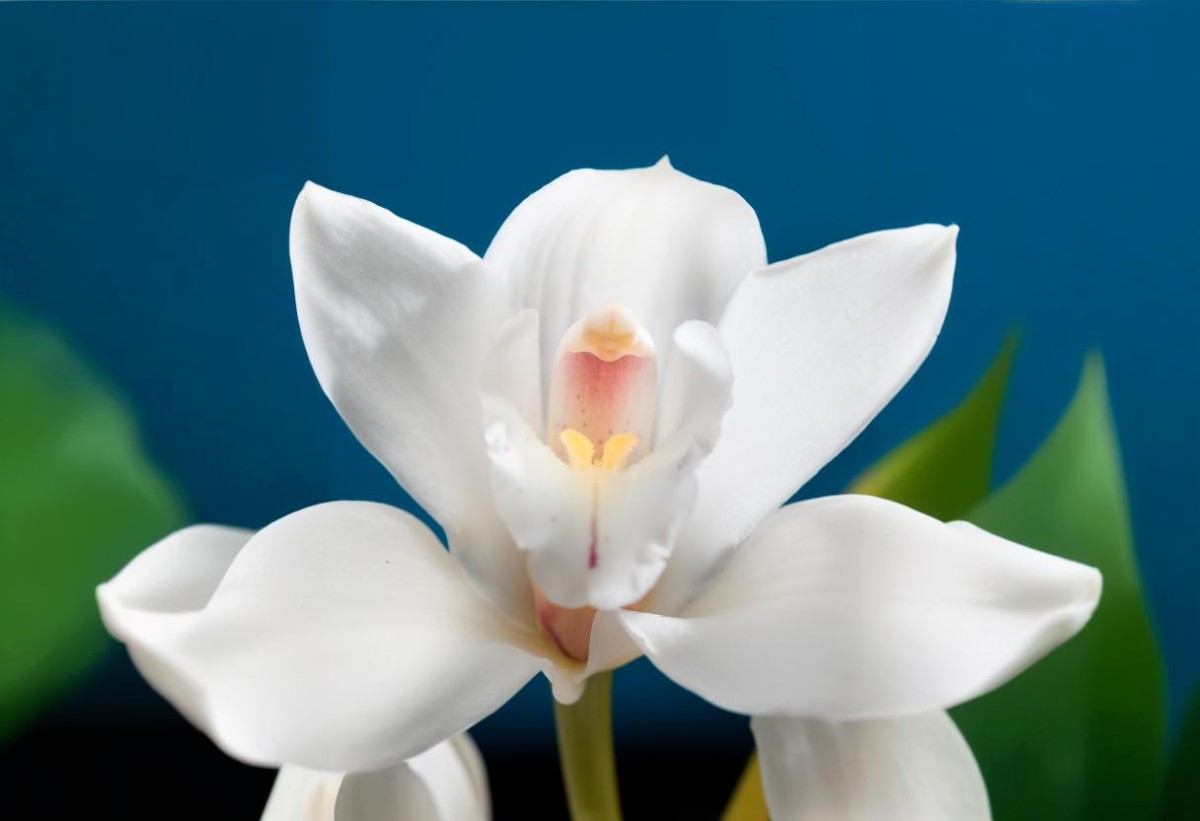
The White Nun Orchid (Lycaste skinneri var. alba) is a rare variety of orchid known for its elegance and pure white petals. This plant is an epiphyte, meaning it grows on trees without harming them. It blooms from December to February, making it a treasured symbol of the winter months.
In 1934, the White Nun Orchid was officially recognized as the national flower of Guatemala. It represents peace, harmony, and beauty. This flower is considered a national pride and is often featured in art and official ceremonies, highlighting the rich cultural heritage of the Guatemalan people.
Honduras
Rhyncholaelia digbyana (Digby’s Orchid)
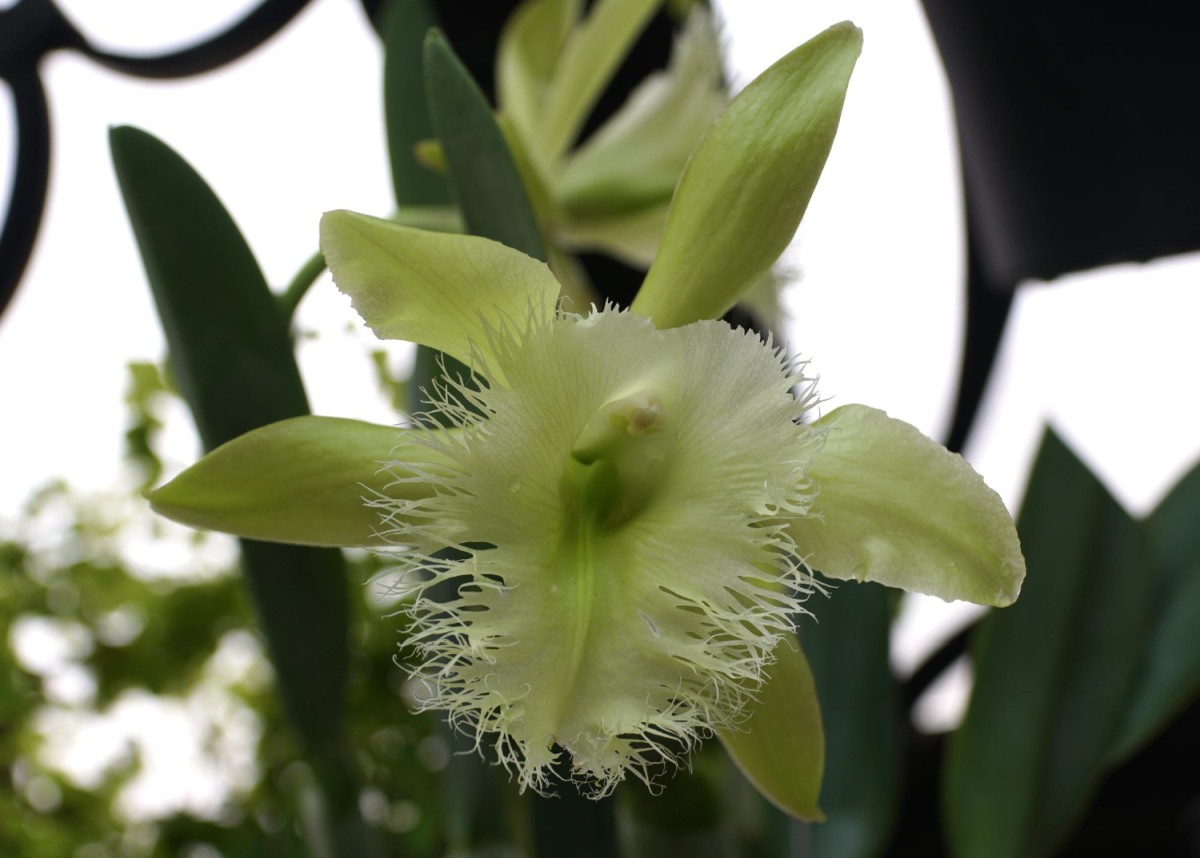
Rhyncholaelia digbyana is a sophisticated orchid with greenish-yellow flowers and a subtle citrus fragrance that becomes most pronounced at night. The flower is characterized by large petals with fringed edges, giving it an exotic and memorable appearance. This epiphytic plant grows on trees in tropical forests.
Rhyncholaelia digbyana was officially declared the national flower of Honduras in 1969, replacing the previously chosen rose. Selecting this orchid highlighted the uniqueness of the country’s flora. The flower has since become a symbol of Honduras' national identity and its rich tropical heritage.
Dominican Republic
Rosa de Bayahibe (Pereskia quisqueyana)
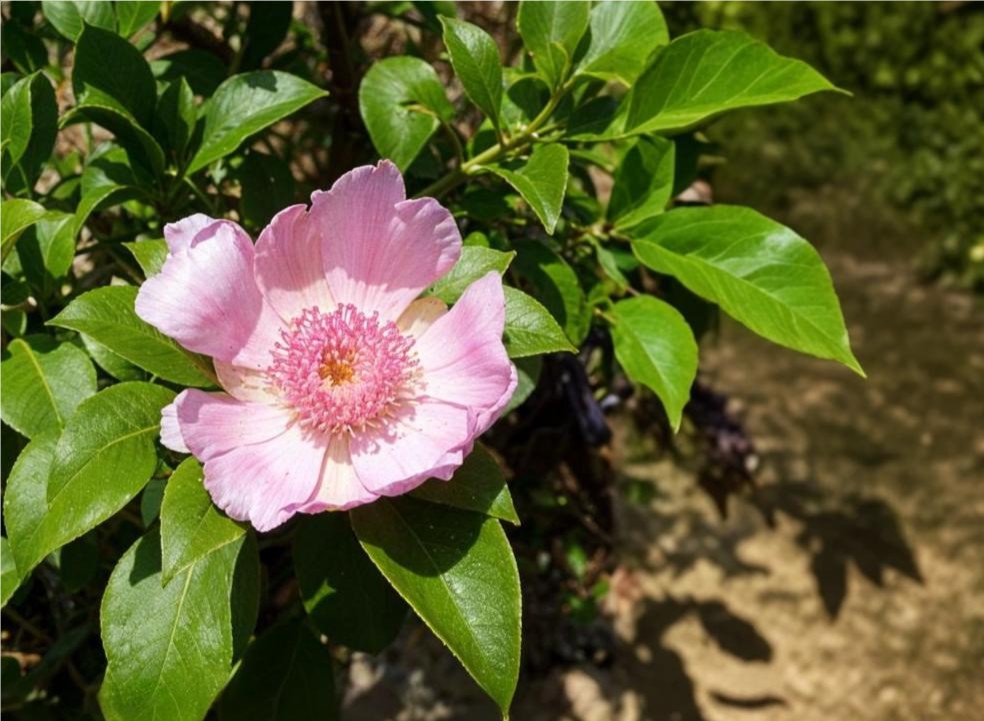
Rosa de Bayahibe is a unique species of cactus with delicate pink flowers. This species is native to the limestone areas of the Dominican Republic, particularly around the town of Bayahibe, from which it gets its name. The flower is notable for its refined beauty but is rare due to habitat destruction.
In 2011, Rosa de Bayahibe was declared the national flower of the Dominican Republic. This species is protected by law due to the risk of extinction. The flower symbolizes the country’s uniqueness and natural heritage, as well as the pride its people take in their biodiversity.
Colombia
Cattleya trianae (May Flower Orchid)
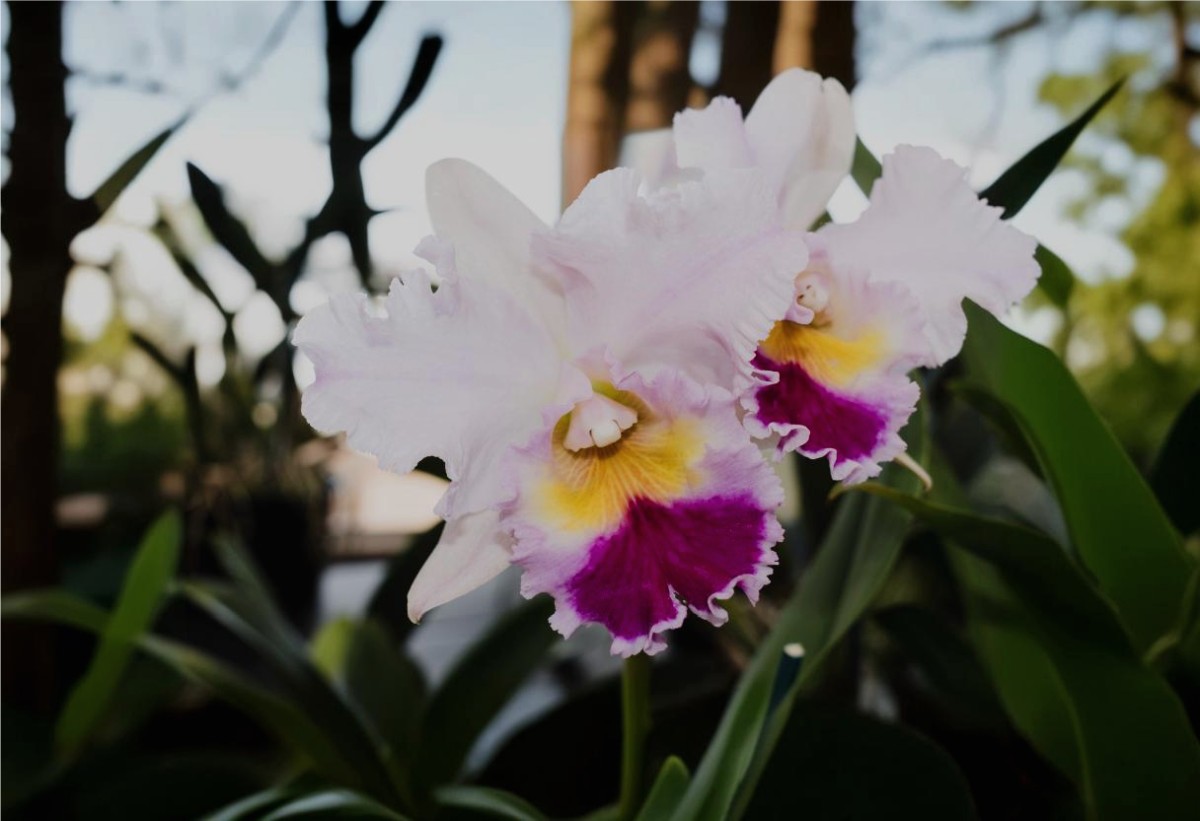
Cattleya trianae, also known as the "May Flower Orchid," is an epiphytic plant with large flowers in shades of pink and crimson red. It grows at altitudes between 800 and 1,500 meters, and its impressive blooms can reach up to 18 cm in diameter.
In 1936, Cattleya trianae was declared the national flower of Colombia. The flower is named after naturalist José Jerónimo Triana, and its color palette reflects the hues of the Colombian flag. This orchid has become a symbol of the country's natural wealth and cultural heritage.
Due to habitat destruction and overcollection in the wild, Cattleya trianae is at risk of extinction. Inclusion in international agreements, such as CITES, helps regulate trade and preserve this rare species.
Costa Rica
Skinner's Orchid (Guarianthe skinneri)
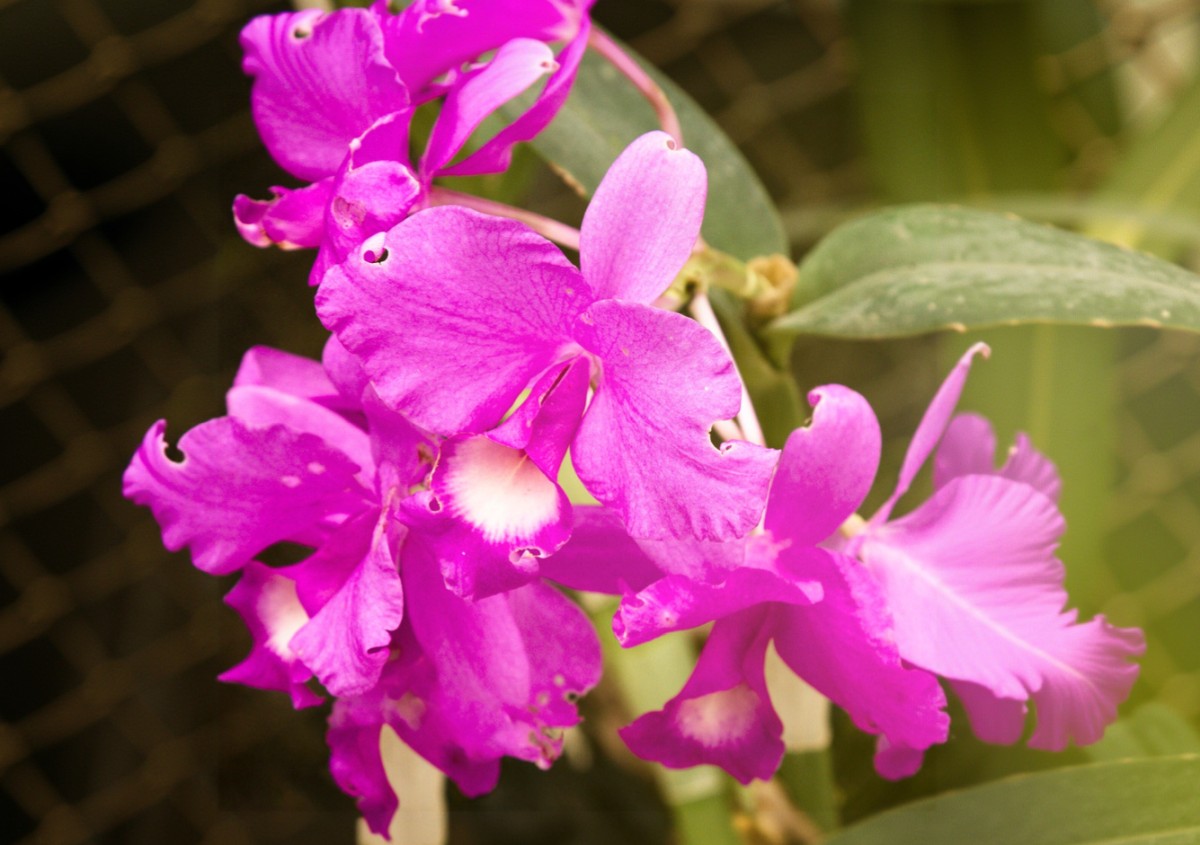
Skinner's Orchid, also known as Guarianthe skinneri, is a tropical plant with large purple flowers that bloom from January to March. This epiphytic orchid grows on trees in tropical forests. Previously classified as Cattleya skinneri, modern botanical science now places it in the genus Guarianthe.
In 1939, Skinner's Orchid was declared the national flower of Costa Rica. Locally known as "Guaria Morada," meaning "Purple Orchid," this plant symbolizes family, peace, and harmony. It is believed to bring good luck and happiness, making it a popular choice for home decorations and traditional celebrations. The orchid also serves as a reminder of the country's rich natural heritage.
Cuba
Mariposa (Hedychium coronarium)
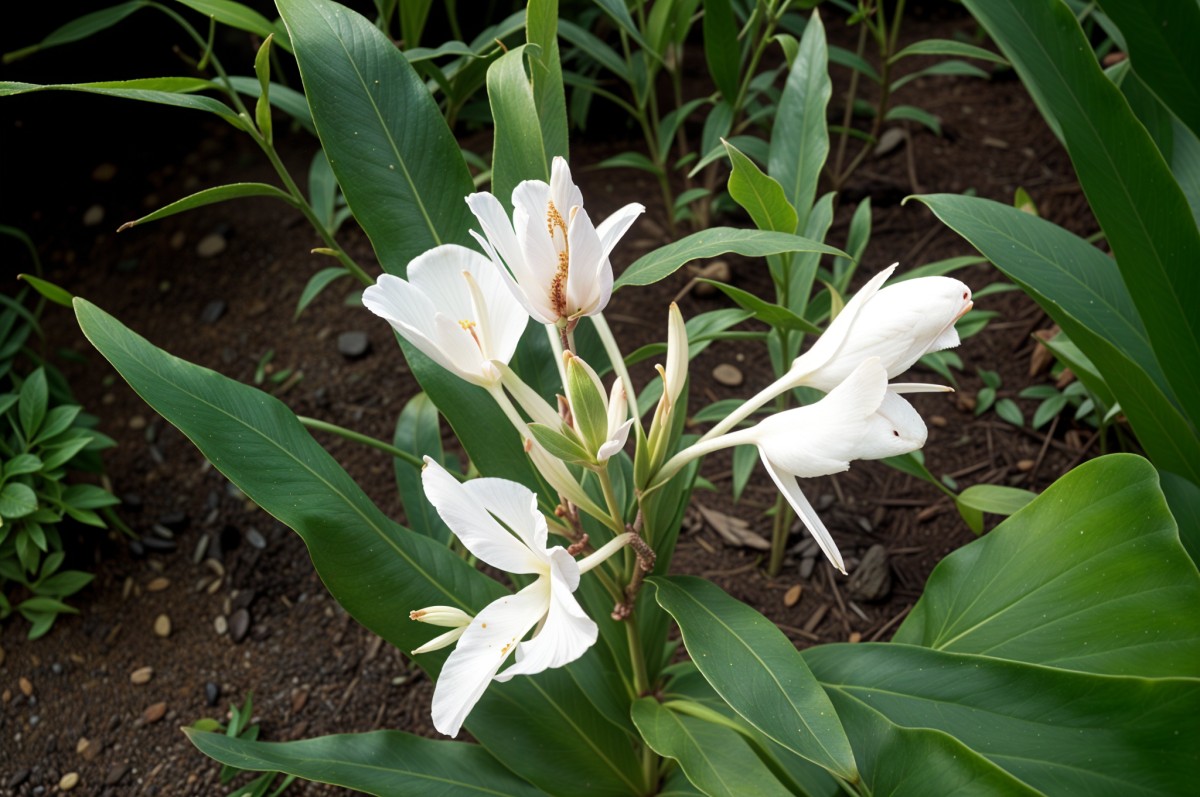
Mariposa, or white ginger lily (Hedychium coronarium), is a perennial herbaceous plant belonging to the Zingiberaceae family. It grows up to 1.5 meters tall and blooms with large, fragrant white flowers resembling butterflies. The flowering occurs during the rainy season, filling the air with a sweet fragrance. The name "mariposa," meaning "butterfly" in Spanish, highlights the flower's delicate beauty.
Mariposa was declared Cuba's national flower in 1936. Its pure white flowers symbolize purity, independence, and freedom. During the fight for independence, Cuban women used Mariposa flowers in their hairstyles to hide messages and small items for communication. Today, this flower remains a significant symbol of Cuban culture, representing the beauty and pride of its people.
Mexico
Dahlia (Dahlia pinnata)
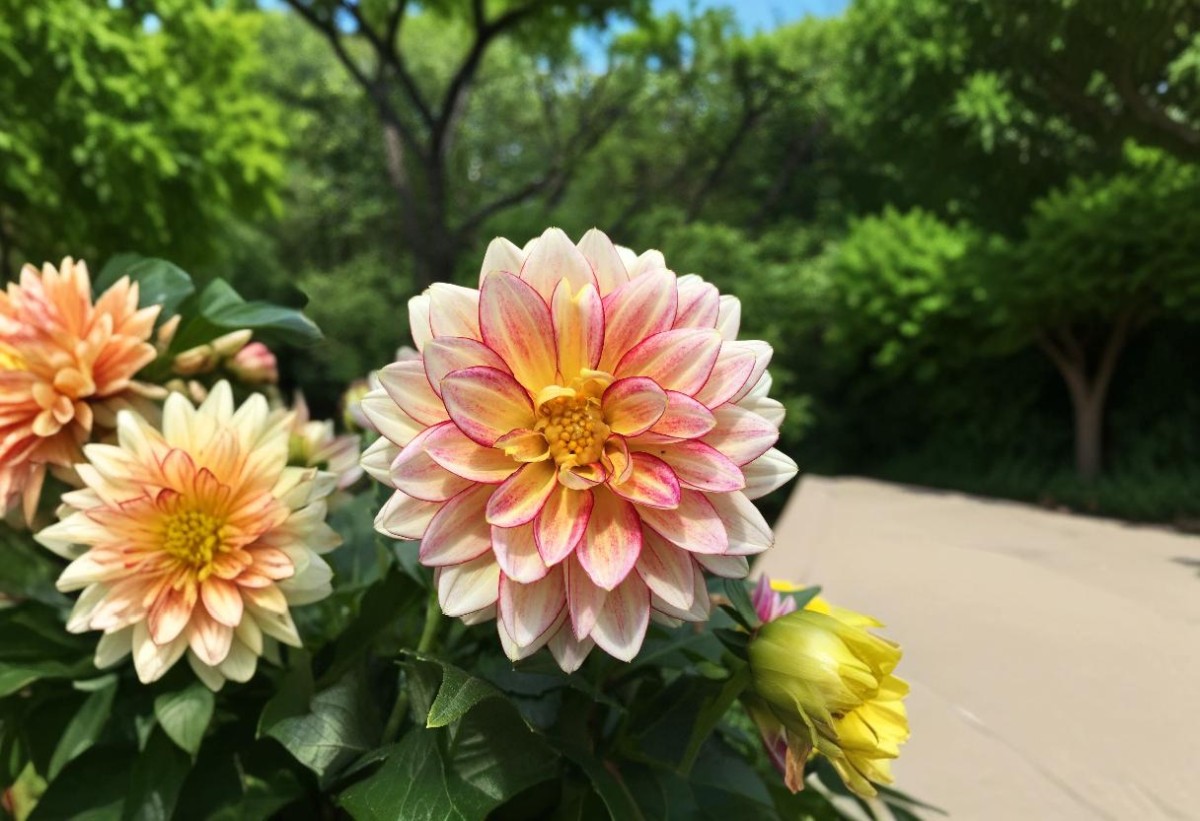
The dahlia is a perennial herbaceous plant that grows between 70 and 120 cm in height. Its flowers vary in shape and color, ranging from white to deep purple. Blooming from July to October, dahlias adorn gardens and landscapes with their vibrant blooms.
The dahlia was declared the national flower of Mexico in 1963. Its roots trace back to pre-Columbian times when the Aztecs used the plant for food and medicinal purposes. Today, the dahlia symbolizes the resilience and diversity of Mexican culture, reflecting the country's rich natural heritage.
Nicaragua
White Plumeria (Plumeria alba)
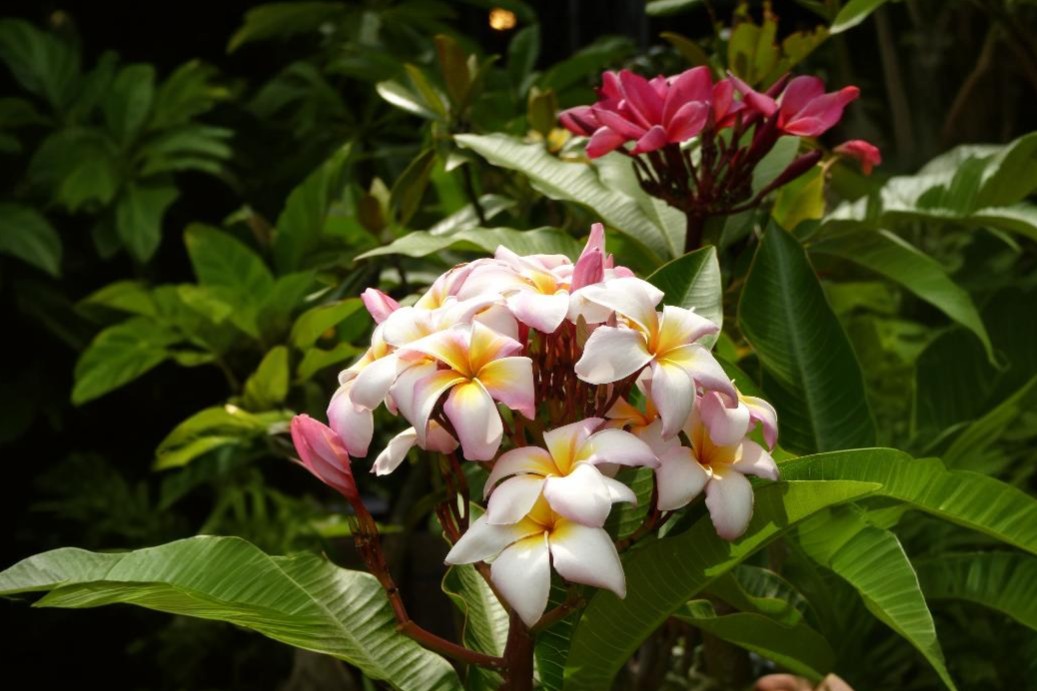
White plumeria is a small tree reaching up to 8 meters in height, with narrow lance-shaped leaves and fragrant white flowers with yellow centers. During the dry season, the tree sheds its leaves, and its flowers stand out with their delightful aroma. The plant thrives in tropical climates and is well-adapted to arid conditions.
White plumeria was declared the national flower of Nicaragua in 1971. Its blossoms symbolize purity, peace, and beauty, making it an important element of the country’s national identity. The plant is frequently used in traditional ceremonies and decorations and is depicted on coins and other national symbols.
Panama
Holy Ghost Orchid (Peristeria elata)
The Holy Ghost Orchid is a terrestrial orchid with large, spherical pseudobulbs from which long leaves, up to 100 cm in length, emerge. Its flower stem grows between 80 and 130 cm tall and bears several fragrant white flowers. Inside each flower is a structure resembling a dove, giving the orchid its unique appearance. It typically blooms during the rainy season.
Since 1980, the Holy Ghost Orchid has been recognized as Panama’s national flower. Its dove-like blossom symbolizes the Holy Spirit and plays a significant role in the country’s cultural and religious traditions. The orchid is endangered due to overharvesting, making its conservation a priority for preserving Panama’s natural heritage.
Paraguay
Blue Passionflower (Passiflora caerulea)
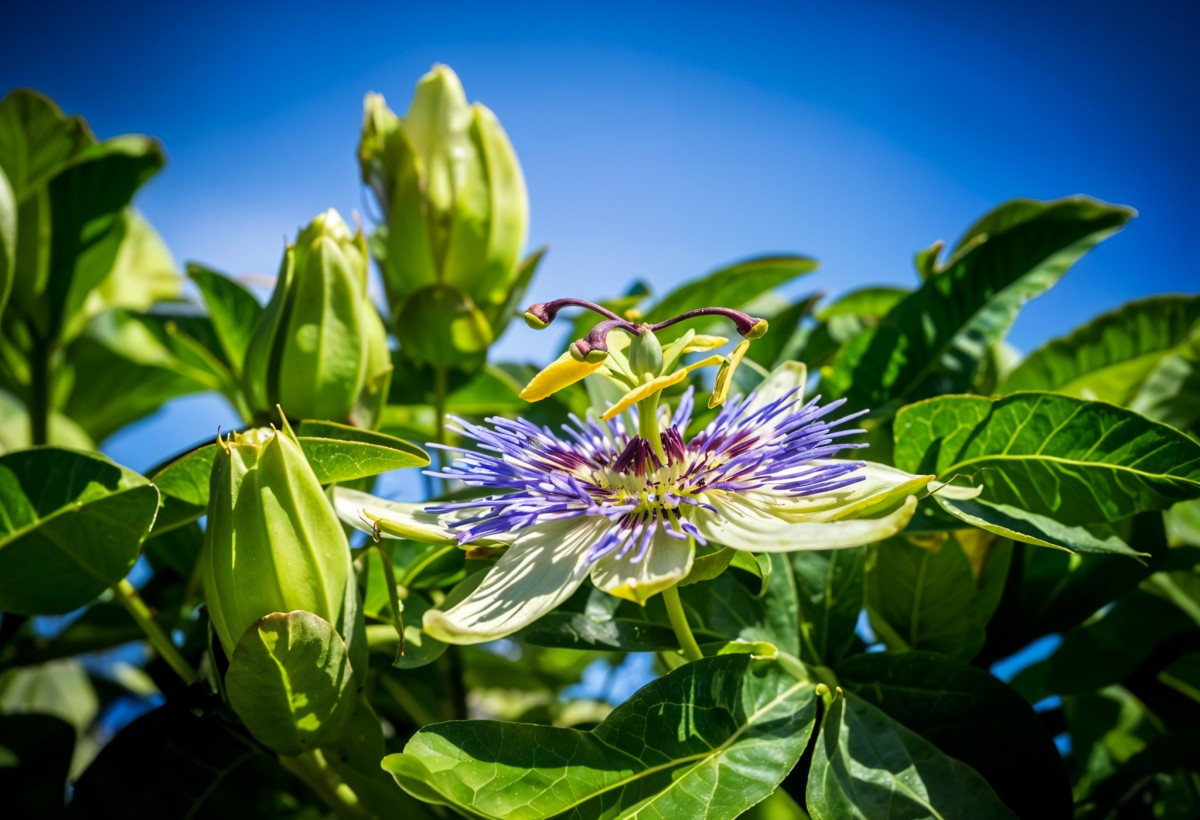
The blue passionflower, also known as Passiflora caerulea, is an evergreen tropical vine that can grow up to 9 meters in length. Its flowers, up to 10 cm in diameter, feature white or blue petals with a crown of blue or violet filaments. The fruit is oval-shaped, yellow, and contains numerous red seeds.
The blue passionflower is the national flower of Paraguay. Its intricate structure symbolizes the Passion of Christ, reflecting the country’s deep religious traditions. The flower also represents the natural wealth and beauty of Paraguay, holding a significant place in national symbolism and culture.
Peru
Cantua buxifolia
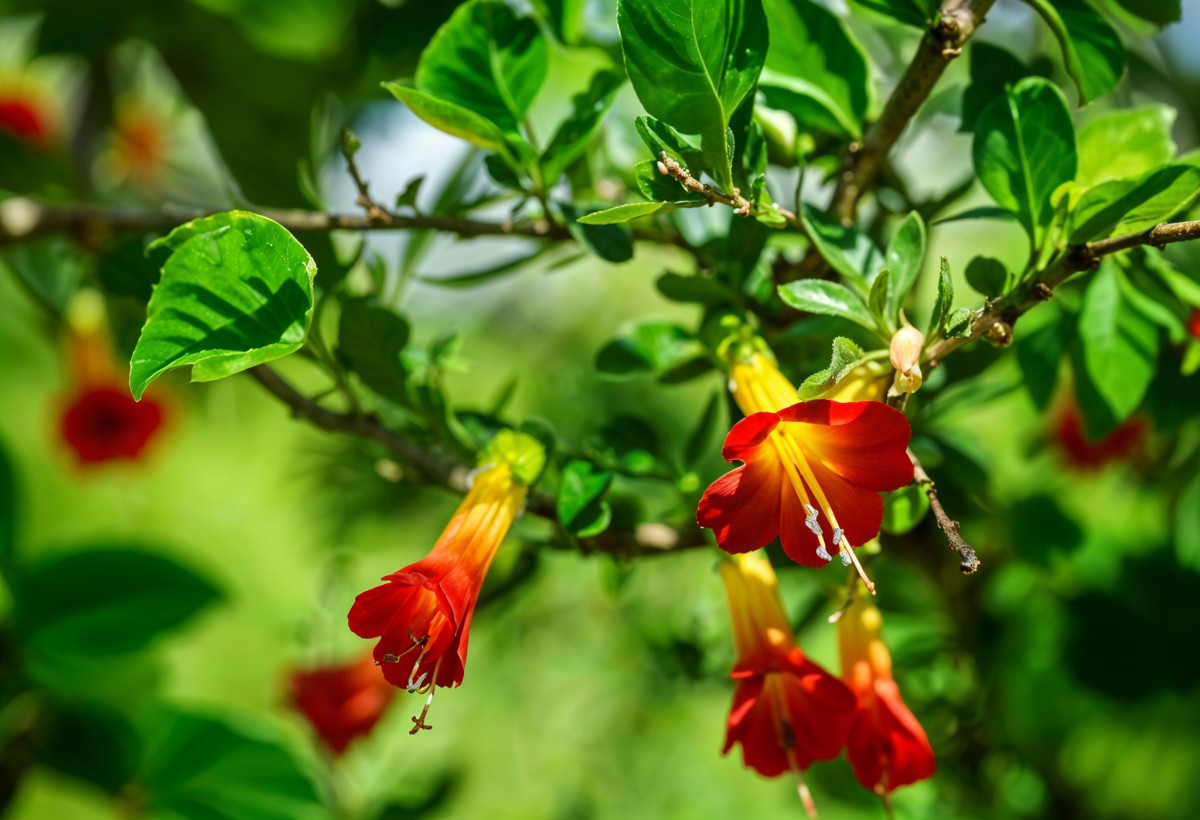
Cantua buxifolia is an evergreen shrub native to the highland valleys of Peru and Bolivia, thriving at altitudes between 2,500 and 4,000 meters above sea level. The plant can grow up to 5 meters tall, with a straight trunk and simple leaves. Its branches are adorned with clusters of bright red, purple, white, or yellow tubular flowers, which attract hummingbirds as primary pollinators.
Known as the "Flower of the Incas," Cantua buxifolia has deep roots in Peruvian culture. The Incas cultivated it as an ornamental plant, dedicating it to the Sun God. Today, Cantua serves as an emblem of Peru and is used in religious ceremonies, symbolizing hope, peace, and unity among the peoples of the Andes.
El Salvador
Giant Yucca (Yucca gigantea, Flor de Izote)
The giant yucca, known as Flor de Izote, is a woody plant that can grow up to 6 meters tall. Its stiff, linear leaves can reach up to 120 cm in length, and its large, bell-shaped white flowers are arranged in clusters. Blooming occurs from summer to fall, making the plant a notable feature of the tropical landscape.
Yucca gigantea is recognized as the national flower of El Salvador. Its flowers symbolize resilience and hard work and are also used in traditional Salvadoran cuisine. This plant holds a significant place in El Salvador's culture and landscape, emphasizing the uniqueness of the country's natural heritage.
Uruguay
Erythrina crista-galli
Erythrina crista-galli, known as ceibo in Uruguay, is a small tree that grows between 5 and 8 meters tall. Its bright red flowers, grouped into racemes, bloom from October to April. The flowers are rich in nectar, making them attractive to pollinating insects. The tree produces dry pods containing chestnut-brown seeds.
Erythrina crista-galli was officially declared Uruguay’s national tree and flower. This plant symbolizes the country's natural wealth and is closely tied to its cultural identity. Like in Argentina, the ceibo represents resilience and strength, reflecting the spirit of its people. The tree's flowers are often used for decorative purposes, and its bark is used in traditional medicine for pain relief.
Chile
Copihue (Lapageria rosea)
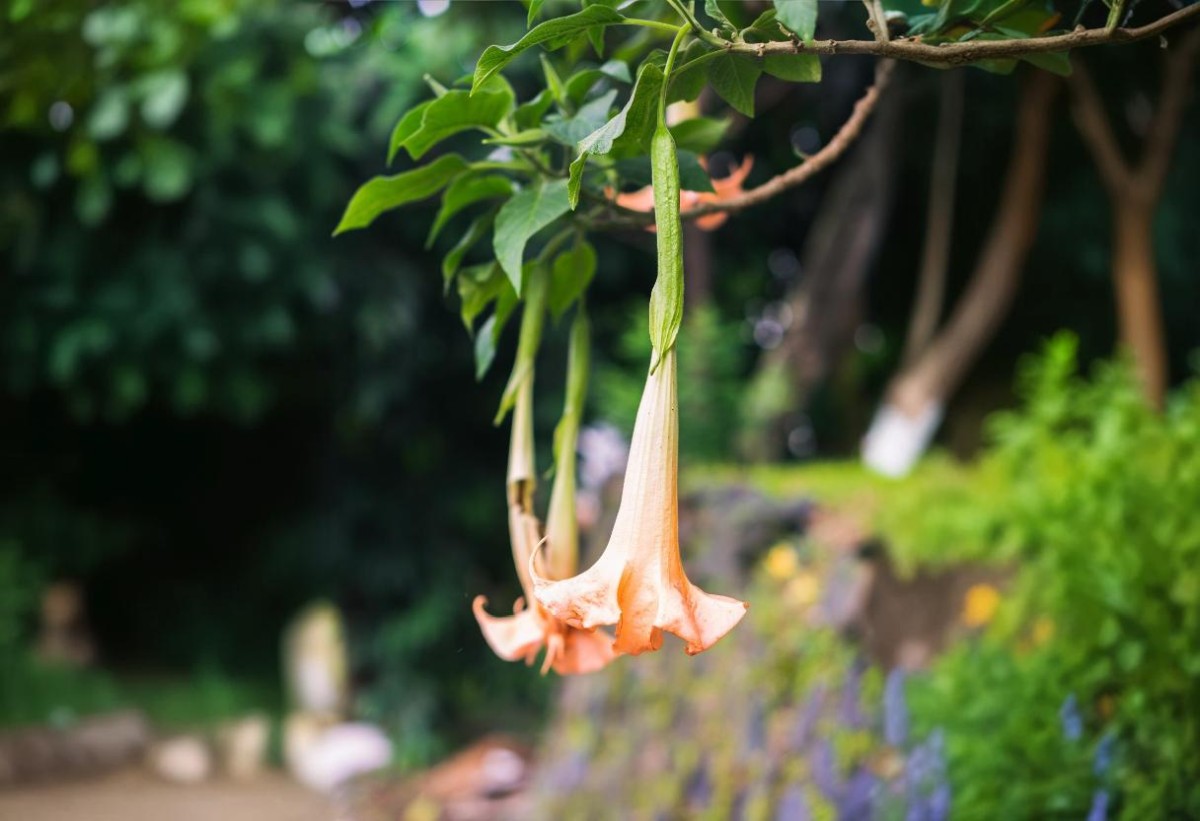
The copihue, or Chilean bellflower, is an endemic species found exclusively in the forests of Chile. Its flowers have a bell shape, are bright red or pink in color, and feature smooth, waxy petals.
Also known as Lapageria, it was declared Chile’s national flower in 1977. It represents the natural beauty and uniqueness of the country, often used in national symbolism and playing an integral role in Chilean identity.
Ecuador
Rose
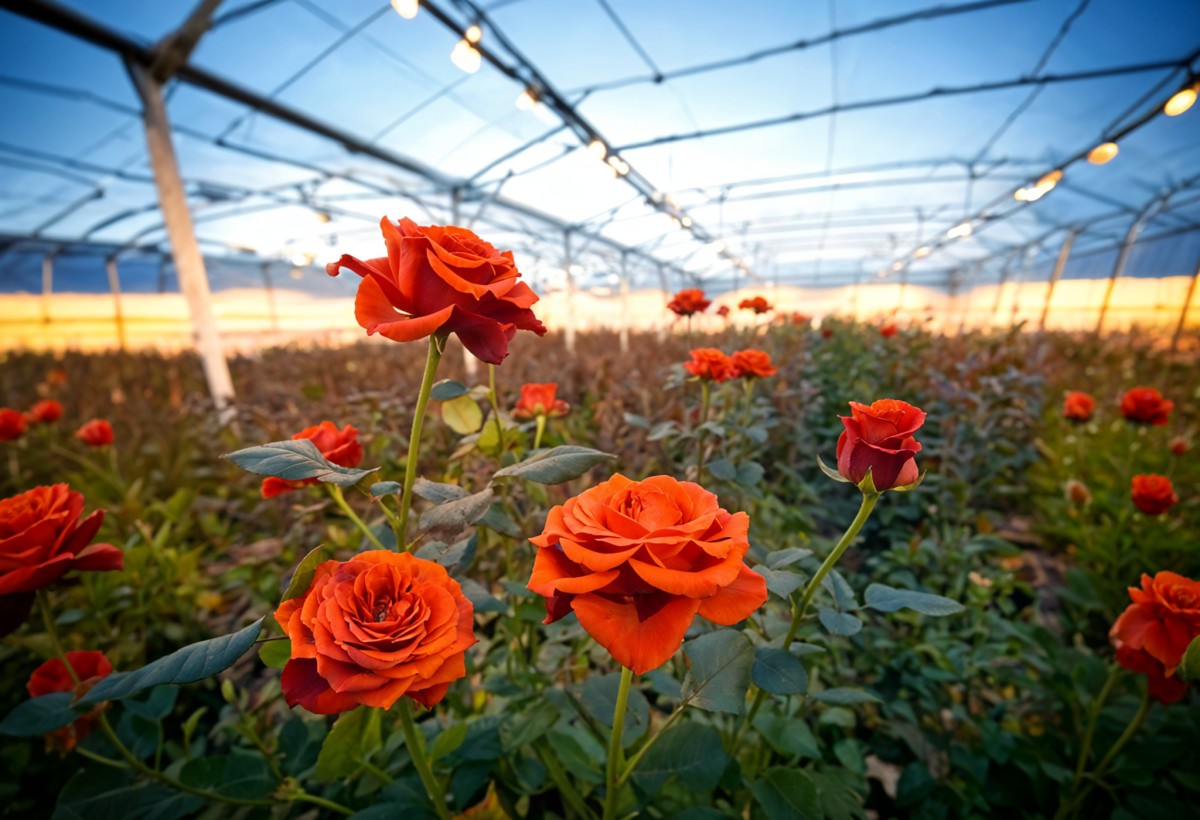
Ecuadorian roses are renowned for their high quality, large buds, and diverse range of colors. Thanks to a unique combination of sunlight, temperature, and altitude, these roses boast vibrant hues and an extended vase life. They are cultivated at high altitudes, where conditions promote the development of sturdy stems and large buds.
Although the rose does not hold official status as Ecuador’s national flower, it has become a symbol of the country’s natural excellence. Ecuadorian roses are among the most significant export products, playing a vital role in the economy. Known worldwide for their quality and beauty, they are a source of national pride and a hallmark of the country's success in the floral industry.
Conclusion
National flowers of Latin America are living symbols deeply intertwined with the history, culture, and nature of each nation. They reflect the region’s unique biological diversity and serve as a bridge between past and present, connecting generations through legends, traditions, and artistic expressions.
Exploring these flowers not only allows us to admire their beauty but also to understand the profound aspects of national identity and pride. They remind us of the importance of preserving natural heritage and cultural values in a rapidly changing world.
Flora Market, as a flower marketplace, provides access to the finest flowers from Latin America for your business. The unique combination of quality and diversity in our assortment brings the beauty and symbolism of these plants into everyday life.






